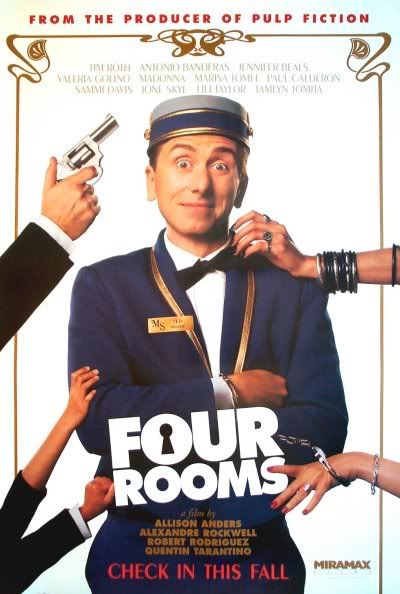I'll expand this later, I've gotta go back to studying math, but all I can say for now is:
You can't take a picture of what is not there, I mean, if you're in a zone where the milky way isn't just visible you won't be able to capture it in regular conditions.
Zoom is actually not that important unless you want to shoot a specific zone (like two stars and the moon). If what you're trying to do is recreate EMC2's pic then you'll need a tripod, a remote control and a reflex camera.
You have to be in a zone where no smog makes the sky "violet" at night (such as in Buenos Aires, where I am

), set the exposure to bulb or >30s. You'll have to experiment with f numbers, but 2.8 seems a little too big for me, I'd go for f/8 or f/11 for a start (but it depends on the setting so I don't know).
Remember, you'll have to PRACTISE a lot, and I do mean A LOT.
Start off with taking long exposure pics of stars and see how they leave a trail (>60secs exp.) and let me know how it goes

(And for the love of Chuck get a Digital SLR. I'm not trying to be mean, but you won't achieve anything with a compact digital camera).





